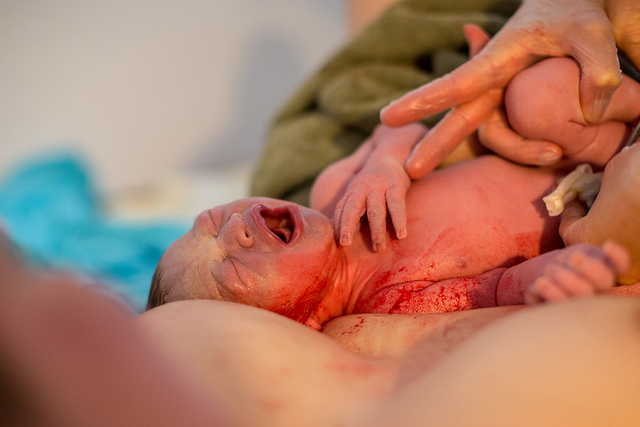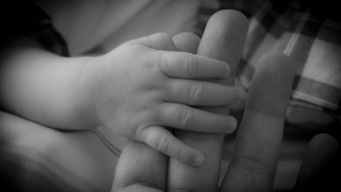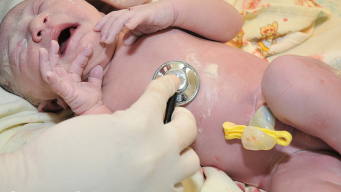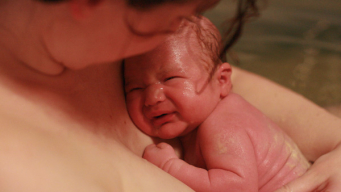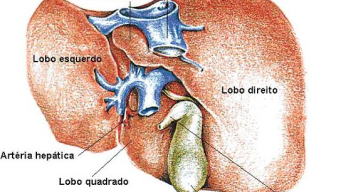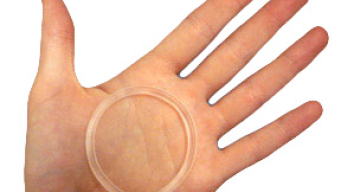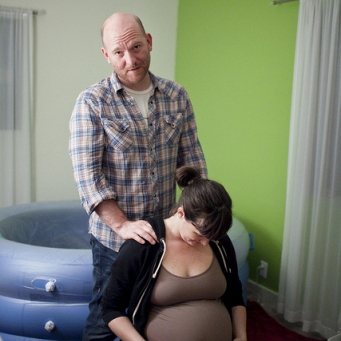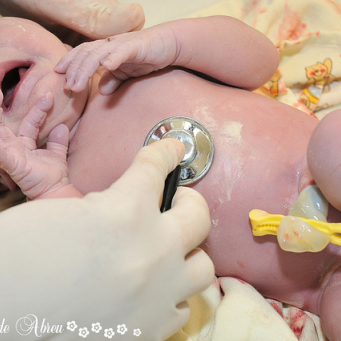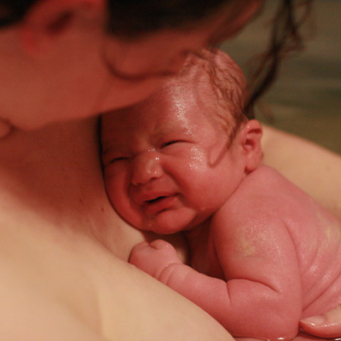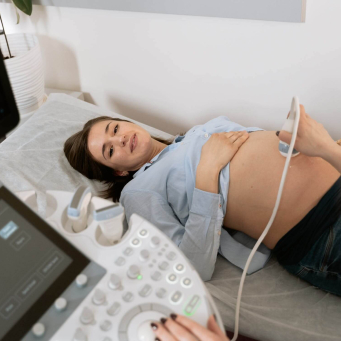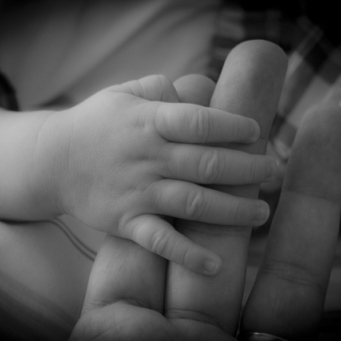Every woman who dreams of becoming a mother hopes to have the birth she has always dreamed of, with a comfortable, welcoming labor and to receive care from everyone involved in that special moment. In reality, many women are unable to reach this dream and face labor inductions, anesthesia, and unwanted cesareans. For this reason, more and more women are fighting for their right to give birth with respect, with dignity, and to be allowed to feel, control, and experience every sign and pain of their labor. These are the hopes that women have for humanized birth, turning this into a magical moment that medicine has often insisted on mechanizing.
There is no set definition of what humanized birth is, because even specialists on the subject will never provide a concrete answer. The humanization of birth does not enforce rules or standards. The act, with all its preparations, must happen the way the future mother wishes and feels comfortable with. In this context, a whole process is needed throughout pregnancy to define points such as the birth attendant, pain tolerance—including possible perineal cutting, possible anesthesia, the birth environment, or cutting the umbilical cord.
The moment of birth is unique and requires full preparation from the birth attendant, whether a partner, husband, nurse, or doula, so they can deal with the various challenges that may arise. Each woman and her body react in ways that cannot be predicted. But it is possible to prepare so that the pain stays within her individual tolerance. This involves both physical preparation, such as perineal stretching, and psychological preparation, such as strategies to alleviate pain during labor and determining the moment when anesthesia becomes unavoidable.
The same logic applies to a possible perineal cut which may not be the laboring woman's preference. It may occur that the cut is necessary to help the baby pass through due to its size, but obviously only when requested by the woman herself.
The choice of location is also very personal. Some prefer the security of a hospital, others opt for the familiarity of their own home. Nowadays you can have a cozy room with dim lighting and ambient music, supported by your partner or family in a maternity facility, or if you choose, have a home birth. What matters most at this time is the comfort and peace the woman needs to bring her child into the world. Humanized birth can also happen in water, in a bathtub or even an inflatable pool, with gentle caresses and relaxing massages, or in any way that feels best for her. The woman goes through her labor in a nurturing way until the moment of pushing, has her birth peacefully, and can actively help or even "participate" in her special moment. Soon after the baby is born, she can place them to her breast, offering their first meal right from the first moment.
In this context, natural birth is often the ideal of humanization. This would mean no interventions. So, having a humanized birth does not mean having no medical intervention at all. It is letting the body's nature act and accepting, via explicit authorization, any procedure considered necessary by the pregnant woman.
Some situations do not allow the woman to proceed with a normal delivery because of health issues that can pose great risks to both their lives, as is the case with women with hypertension or those who have genital herpes at the end of pregnancy. In some cases, it's already clear during prenatal exams for both mother and baby's health, including blood pressure monitoring, that a vaginal birth is not possible. Humanized delivery brings great benefits for the woman, both psychologically and, of course, physically, even if this birth must be a humanized cesarean for some overriding reason. With the mother calm, the baby is born feeling safe and welcomed, being cared for immediately by the one who carried and will raise them. Humanized birth is a choice made by the woman together with her doctor.
Photo: eyeliam

